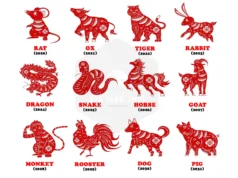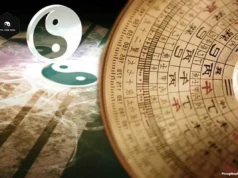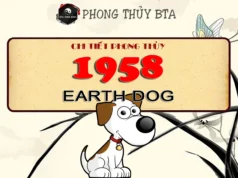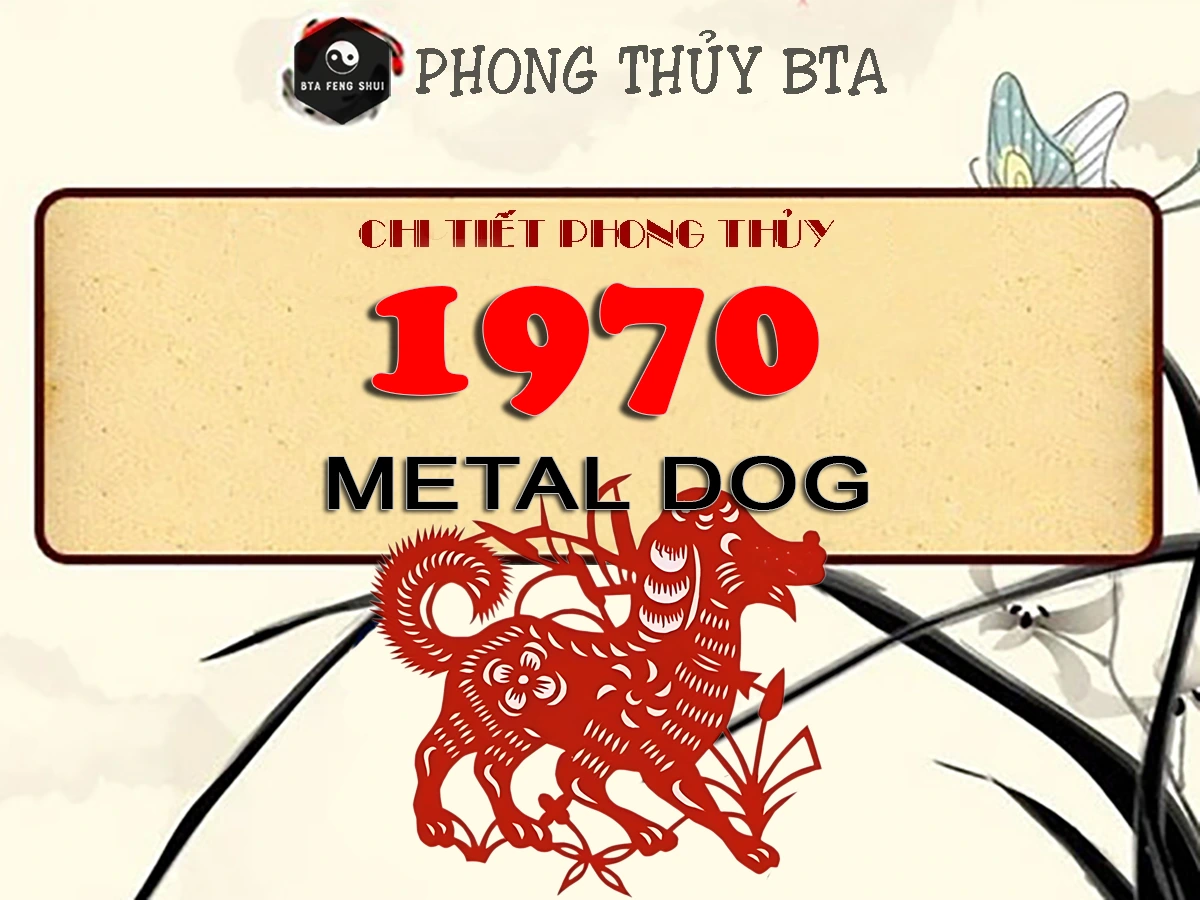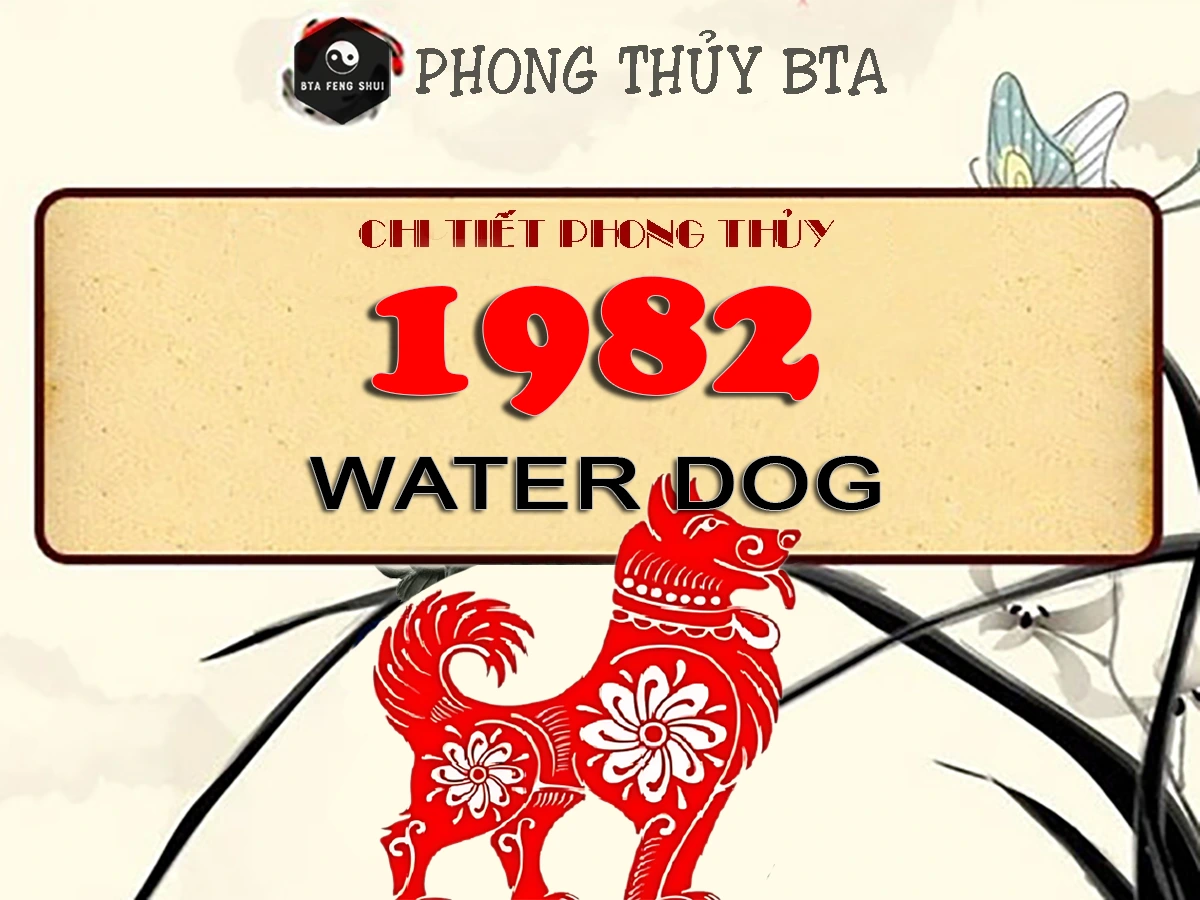The Heavenly Stems, a cornerstone of Feng Shui, trace their roots to ancient Chinese culture and are widely used for calendar-making, destiny analysis, and life guidance. Curious about what the Heavenly Stems are or how to harness them for good fortune?
This article offers a detailed, reliable, and in-depth exploration of the Celestial Stems, covering their meaning, calculation methods, and practical applications to help you better understand this vital Feng Shui system.
Note: This article was directly translated from the original Vietnamese version by BTA Feng Shui using Grok 3.
What Are Heavenly Stems?
The Heavenly Stems, also known as the Ten Heavenly Stems, consist of ten symbols: Jia, Yi, Bing, Ding, Wu, Ji, Geng, Xin, Ren, and Gui. These are used to mark time, directions, and the Five Elements influencing all things.

The Heavenly Stems combine with the Earthly Branches (12 zodiac animals: Rat, Ox, Tiger, Cat, Dragon, Snake, Horse, Goat, Monkey, Rooster, Dog, Pig) to form the Heavenly Stems and Earthly Branches system, the foundation of East Asian calendars and Feng Shui.
Each Heavenly Stem carries a Yin or Yang attribute and is tied to one of the Five Elements (Metal, Wood, Water, Fire, Earth). Beyond marking time, this system is used to analyze destiny, predict the future, and select optimal times and directions for significant activities.
Origins and Applications of Heavenly Stems
Origins of Heavenly Stems
The Heavenly Stems emerged around 2700 BCE when Emperor Da Nao was tasked with creating a calendar system. He studied the movements of heaven and earth and the seasons, developing the Heavenly Stems and Earthly Branches system. Another theory suggests the stems originated from the River Chart (He Tu), where ten numbers were aligned with the Five Elements, forming the basis for the Ten Heavenly Stems.
This system is not merely a timekeeping tool but reflects the philosophy of Yin-Yang and the Five Elements, helping ancient people understand the universe’s rhythms and their connection to human life.
Practical Applications
The Heavenly Stems are widely applied in:
- Calendar-making: Determining days, months, and years in the lunar calendar.
- Feng Shui: Analyzing personal destiny, selecting home or business directions, or choosing auspicious times for events like weddings or grand openings.
- Destiny Prediction: Using compatibility and conflict between Heavenly Stems and Earthly Branches to interpret personality, career, relationships, and health.
- Spiritual Culture: Guiding the selection of Feng Shui items, colors, or phone numbers aligned with one’s destiny.
Meanings of the Ten Heavenly Stems in Feng Shui
The Heavenly Stems system includes ten elements, divided into two groups: Yang Heavenly Stems (odd numbers) and Yin Heavenly Stems (even numbers). Below is a detailed breakdown of each stem’s meaning:
Yang Heavenly Stems
- Jia (甲 – Yang Wood): Symbolizes a mighty tree, representing strength, responsibility, and growth. Those with Jia are resilient and embrace challenges.
- Bing (丙 – Yang Fire): Represents the sun’s blazing fire, signifying passion and breakthroughs but sometimes excessive ambition.
- Wu (戊 – Yang Earth): Embodies vast, fertile land, symbolizing abundance and stability but potentially lacking decisiveness.
- Geng (庚 – Yang Metal): Represents sharp, raw metal, denoting keen intellect, business acumen, and literary talent.
- Ren (壬 – Yang Water): Symbolizes vast oceans, reflecting generosity and nurturing qualities but sometimes sluggishness.

Yin Heavenly Stems
- Yi (乙 – Yin Wood): Represents soft grass, symbolizing gentleness and caution but sometimes stubbornness.
- Ding (丁 – Yin Fire): A small, steady flame, vibrant in favorable conditions, reflecting inner dynamism within calmness.
- Ji (己 – Yin Earth): Dry, barren land, symbolizing maturity and caution but potentially narrow-mindedness.
- Xin (辛 – Yin Metal): Pure gold, representing creativity and innovation but sometimes obstinacy.
- Gui (癸 – Yin Water): Gentle rain, symbolizing flexibility and resilience but occasional lack of determination.
Relationships Between Heavenly Stems and Earthly Branches
The Heavenly Stems represent the movement of heaven, while the Earthly Branches reflect the earth’s cycles. Together, they form a 60-year cycle (Sixty-Year Cycle), with each year represented by a Stem-Branch pair (e.g., Jia Zi, Yi Chou). This relationship influences:
- Personality and Destiny: Based on compatibility or conflict between Stems and Branches.
- Health, Relationships, Career: Compatible or conflicting pairs can impact various life aspects.
Basic Relationships of Heavenly Stems
Compatible Heavenly Stems:
- Jia and Ji combine to form Earth.
- Yi and Geng combine to form Metal.
- Bing and Xin combine to form Water.
- Ding and Ren combine to form Wood.
- Wu and Gui combine to form Fire.

Conflicting Heavenly Stems:
- Jia, Yi (Wood) conflict with Wu, Ji (Earth).
- Bing, Ding (Fire) conflict with Geng, Xin (Metal).
- Wu, Ji (Earth) conflict with Ren, Gui (Water).
- Geng, Xin (Metal) conflict with Jia, Yi (Wood).
- Ren, Gui (Water) conflict with Bing, Ding (Fire).
Clashing Heavenly Stems:
- Jia (Yang Wood) clashes with Geng (Yang Metal).
- Yi (Yin Wood) clashes with Xin (Yin Metal).
- Bing (Yang Fire) clashes with Ren (Yang Water).
- Ding (Yin Fire) clashes with Gui (Yin Water).
Generating Heavenly Stems:
Two stems in a generative relationship, divided into two types:
- Seal (Yang generates Yin or Yin generates Yang):
- Jia Wood – Bing Fire, Yi Wood – Ding Fire, Bing Fire – Wu Earth.
- Ding Fire – Ji Earth, Wu Earth – Geng Metal, Ji Earth – Xin Metal.
- Geng Metal – Ren Water, Xin Metal – Gui Water, Ren Water – Jia Wood.
- Gui Water – Jia Wood, Gui Water – Yi Wood.
- Celestial Seal (Yang generates Yang or Yin generates Yin):
- Jia Wood – Ding Fire, Yi Wood – Bing Fire.
- Bing Fire – Ji Earth, Ding Fire – Wu Earth, Wu Earth – Xin Metal.
- Ji Earth – Geng Metal, Geng Metal – Gui Water, Xin Metal – Ren Water.
- Ren Water – Yi Wood, Gui Water – Jia Wood.
=> Learn more: Compatibility, Conflict, Punishment, and Harm of Heavenly Stems and Earthly Branches
What Happens When Heavenly Stems Clash?
When Heavenly Stems clash (e.g., Jia vs. Geng), conflicts may arise in areas like career, relationships, or health.
However, clashes are not entirely negative. In Feng Shui, they can spur transformation, helping individuals recognize weaknesses and adapt. To mitigate clashes:
- Choose suitable directions: For example, those with Wood destiny (Jia, Yi) should prioritize East or Southeast.
- Use Feng Shui items: Wear bracelets or jewelry aligned with your destiny (e.g., green aventurine for Wood).
- Select auspicious timing: Avoid major activities during strong clash periods.
How to Calculate Heavenly Stems and Five Elements Destiny
1. Calculating Five Elements Destiny by Birth Year
Five Elements destiny is calculated using the formula: Destiny = Stem + Branch. The values are as follows:
Heavenly Stems:
| Heavenly Stem | Jia, Yi | Bing, Ding | Wu, Ji | Geng, Xin | Ren, Gui |
| Value | 1 | 2 | 3 | 4 | 5 |
Earthly Branches:
| Earthly Branch | Rat, Ox, Horse, Goat | Tiger, Cat, Monkey, Rooster | Dragon, Snake, Dog, Pig |
| Value | 0 | 1 | 2 |
Five Elements:
| Total = | 1 | 2 | 3 | 4 | 5 | >5 |
| Destiny | Metal | Water | Fire | Earth | Wood | Subtract 5 |
Example: Year Geng Chen (2000): Geng = 4, Chen = 2 → Total = 4 + 2 = 6 (6>5) → 6 – 5 = 1 → Metal Destiny.
2. Calculating Heavenly Stem by Birth Year
Use the last digit of the lunar birth year and refer to the table below:
| 0 | 1 | 2 | 3 | 4 | 5 | 6 | 7 | 8 | 9 |
| Geng | Xin | Ren | Gui | Jia | Yi | Bing | Ding | Wu | Ji |
Example: Year 2006 (Bing Xu): Last digit: 6 → Heavenly Stem: Bing.
Frequently Asked Questions
Which Heavenly Stem Is the Best?
No Heavenly Stem is inherently the best or worst. Each has unique traits, depending on its relationship with the Earthly Branches, Five Elements, and personal context. For instance, Jia (Yang Wood) suits those needing strength, while Gui (Yin Water) fits adaptable, flexible individuals.
What Is Heavenly Stem and Earthly Clash?
A Heavenly Stem and Earthly Clash refers to a Feng Shui concept where strong conflicts between a Stem and Branch may impact destiny. To mitigate, carefully analyze your destiny and choose appropriate Feng Shui items.
The Heavenly Stems are more than a numbering system—they’re a powerful Feng Shui tool to understand yourself and guide your life. By mastering their calculation, compatibility, and applications, you can make decisions that attract prosperity and peace. Share this article and give it a 5-star rating to spread its value!



